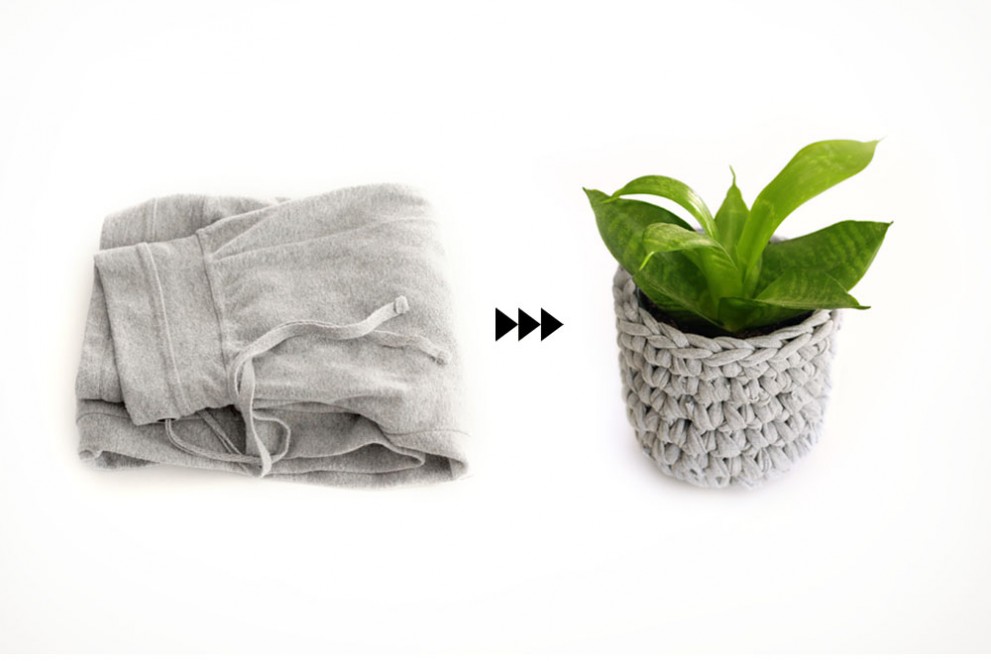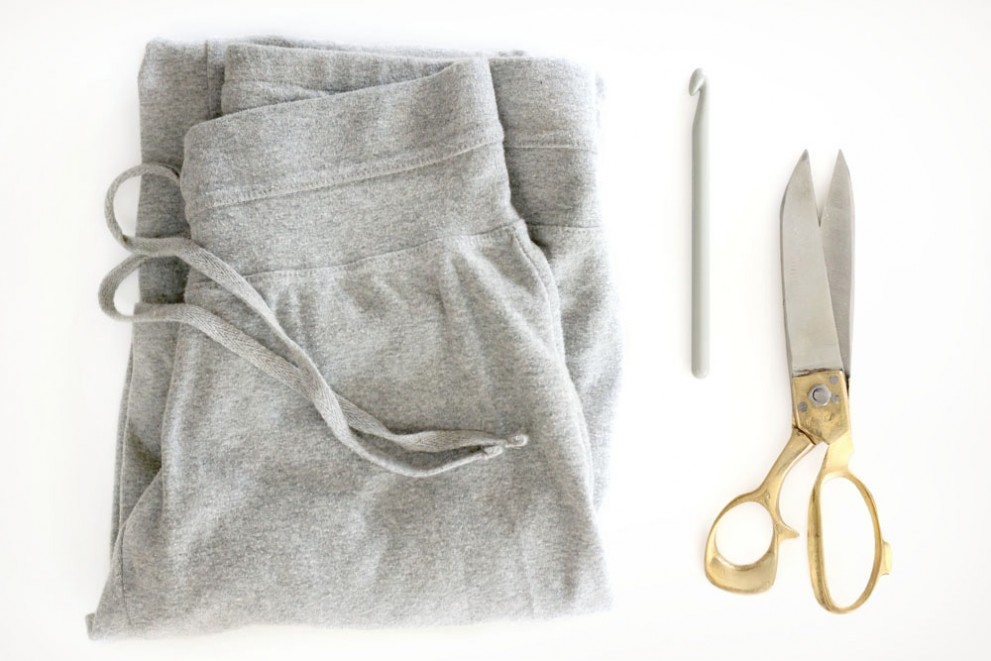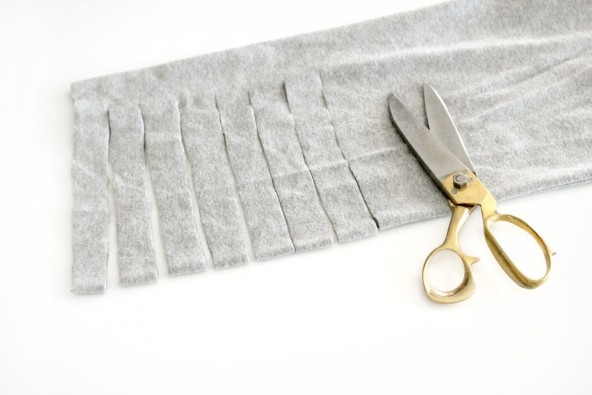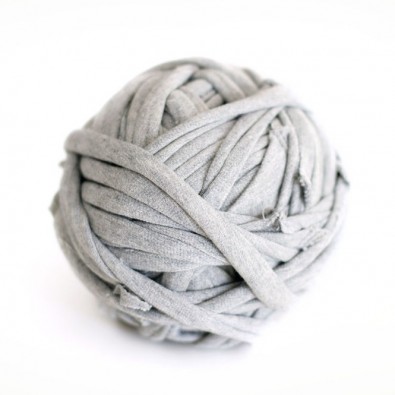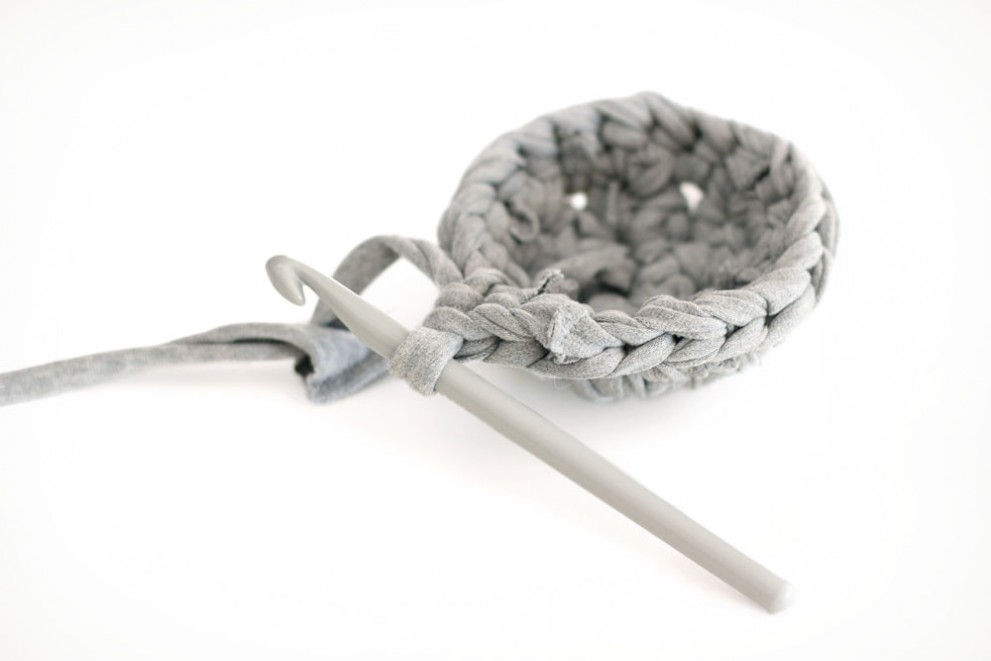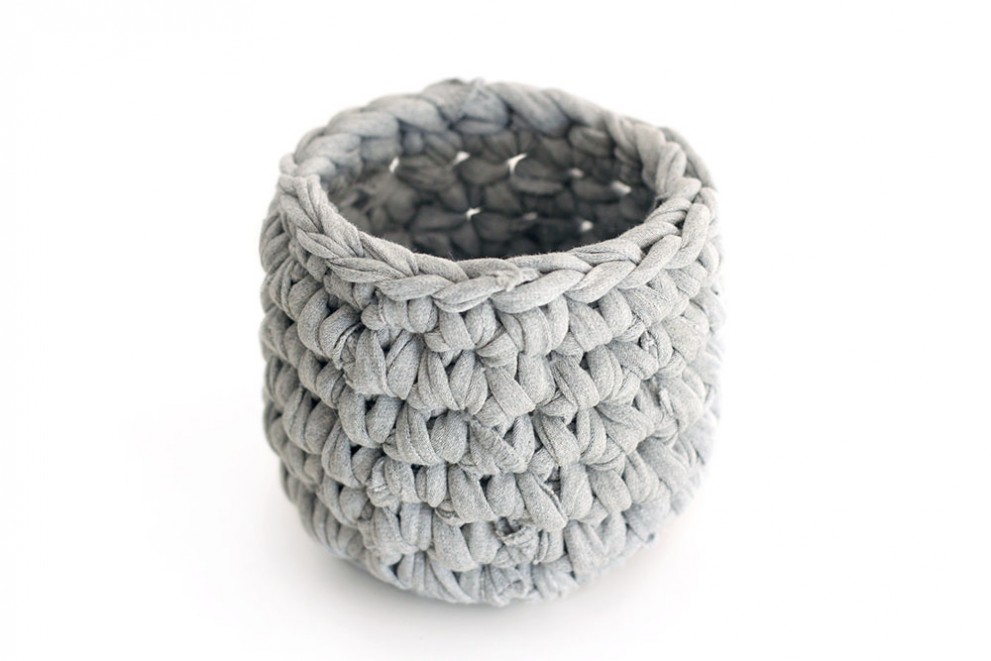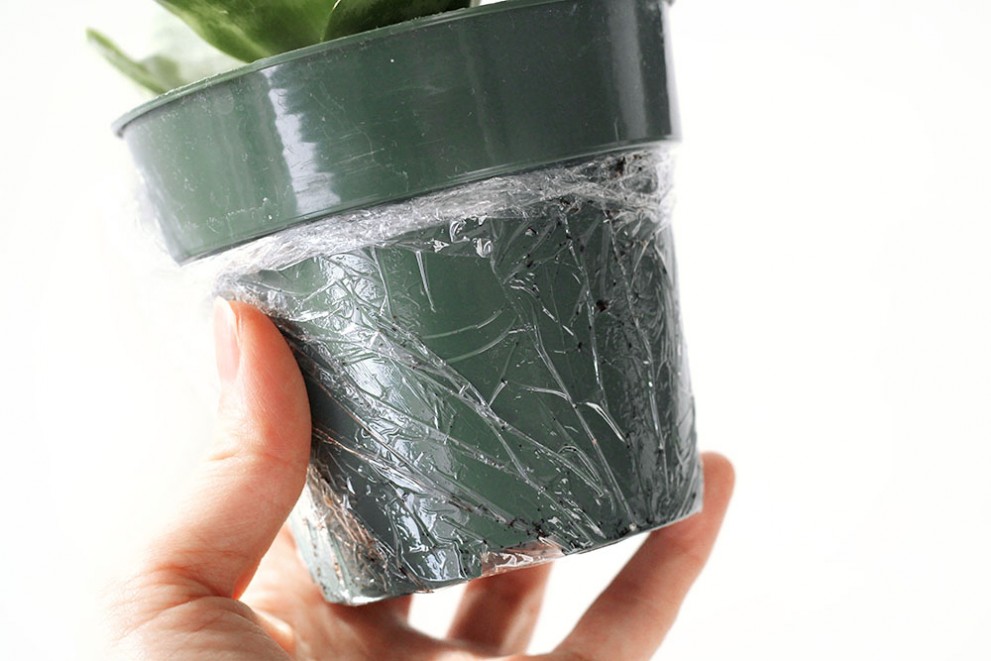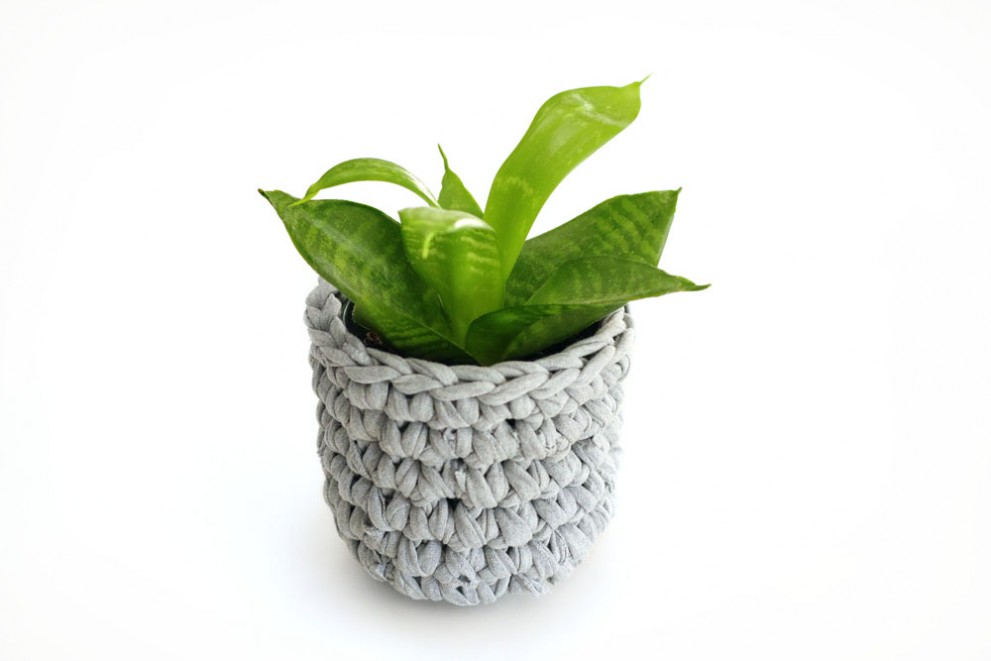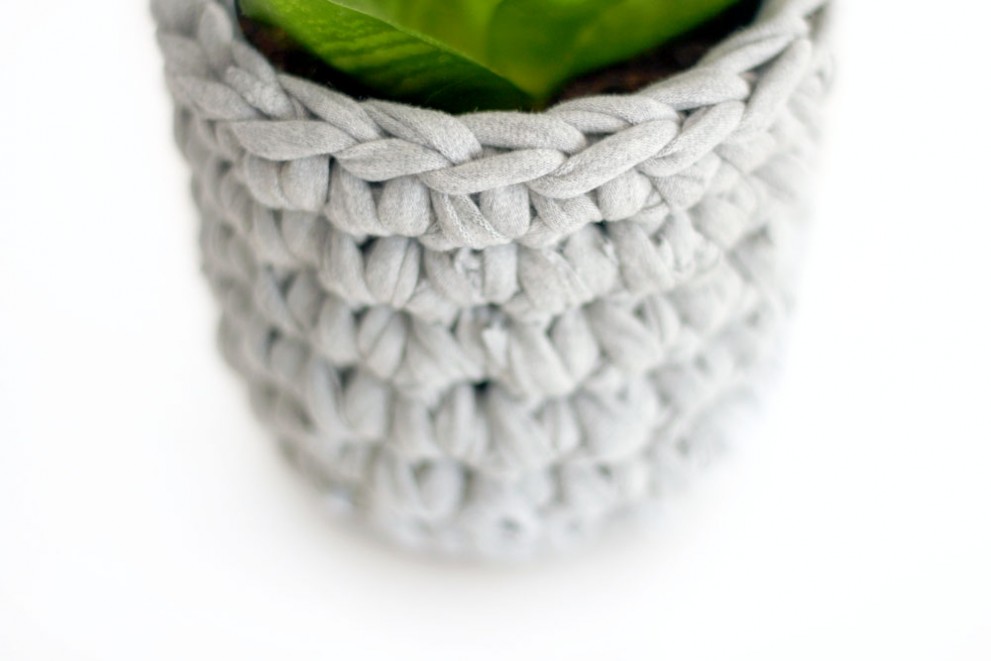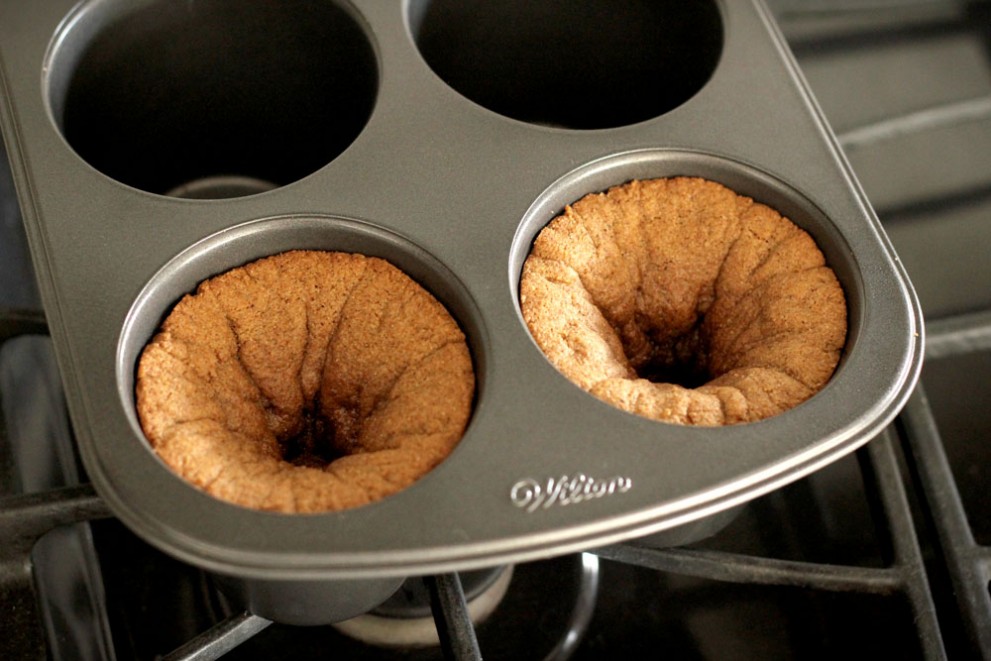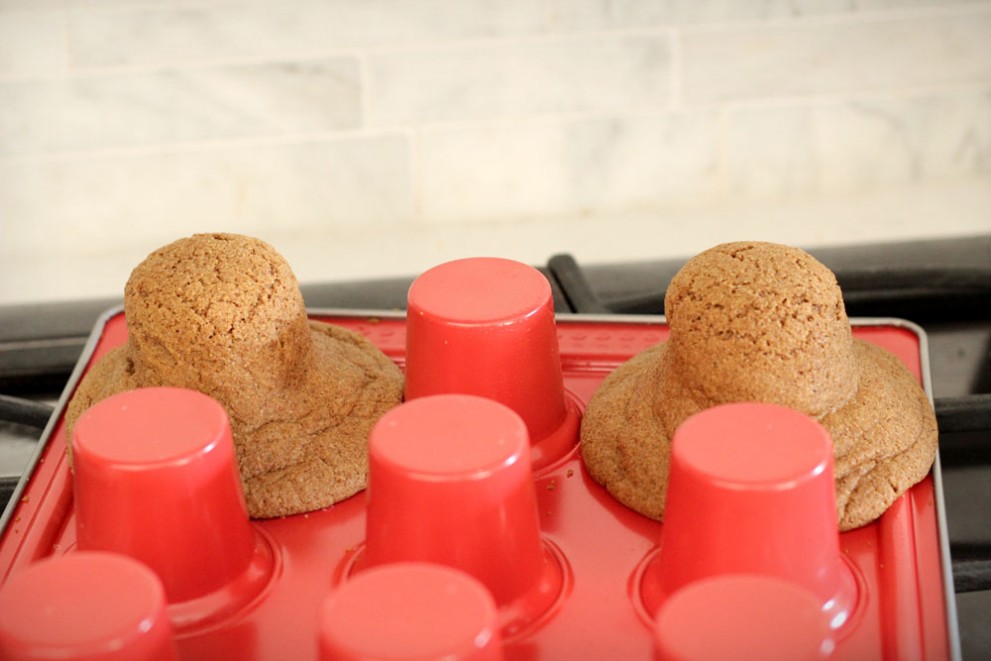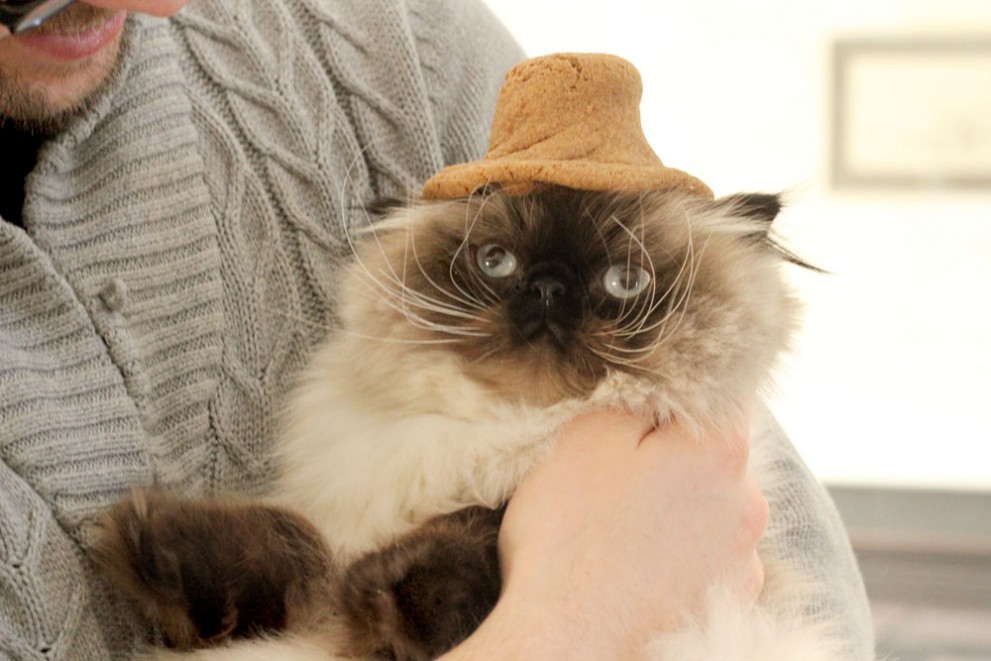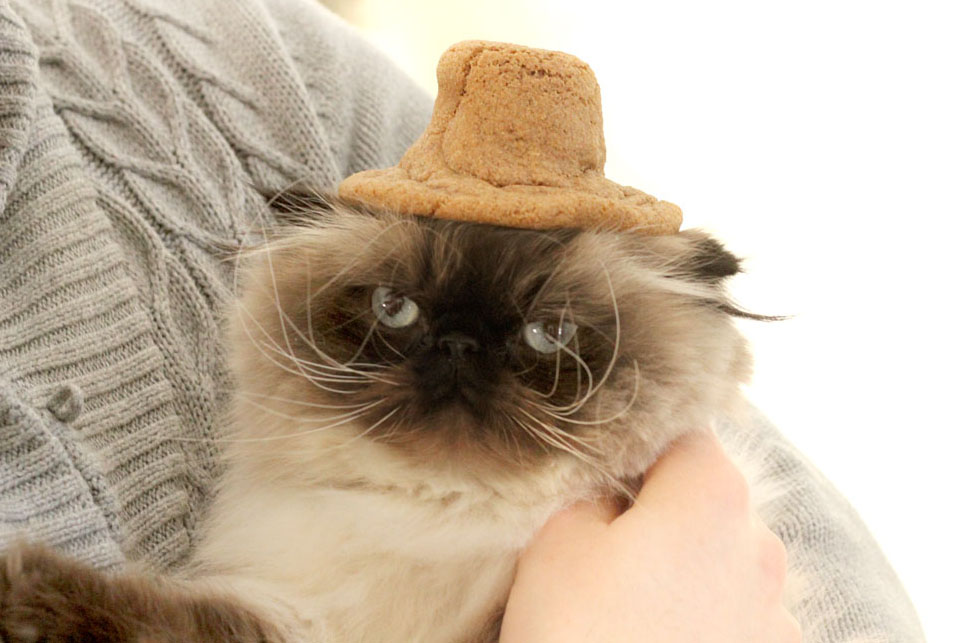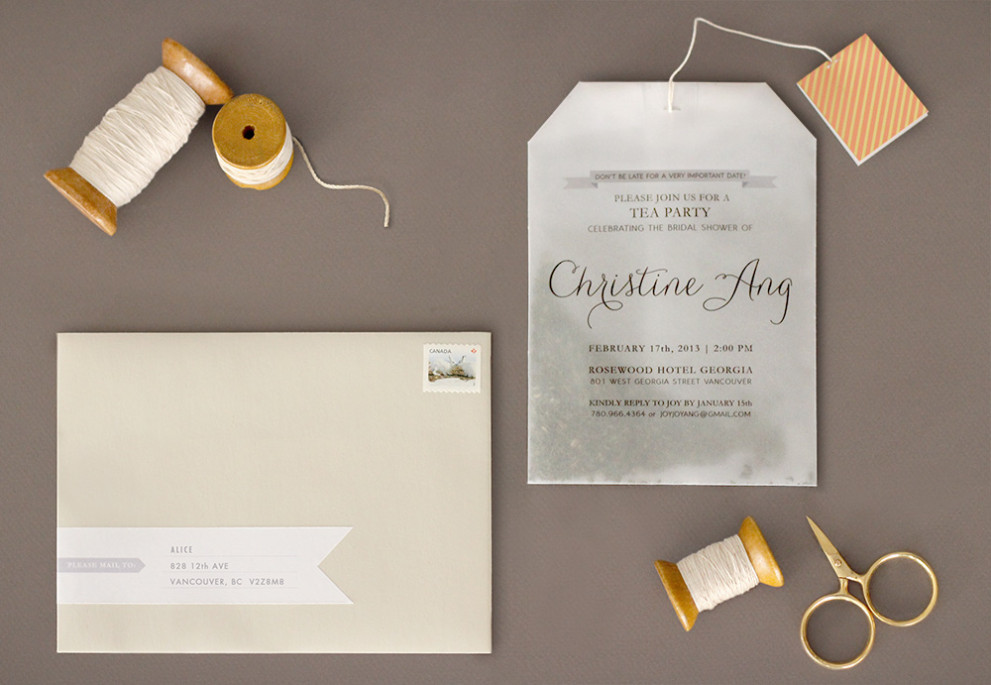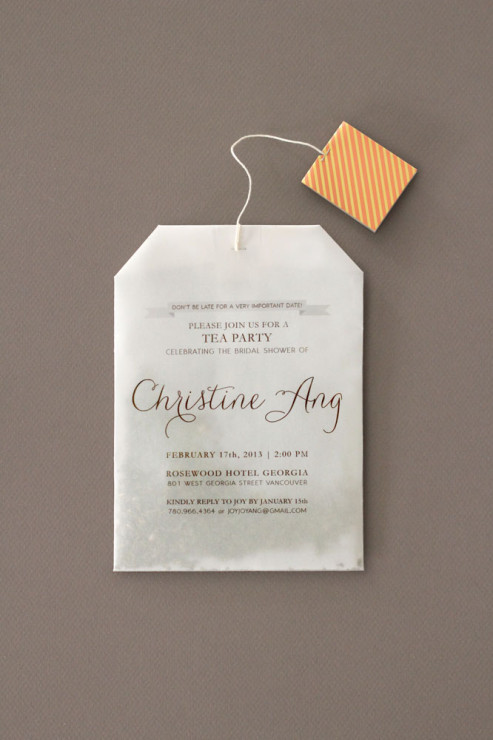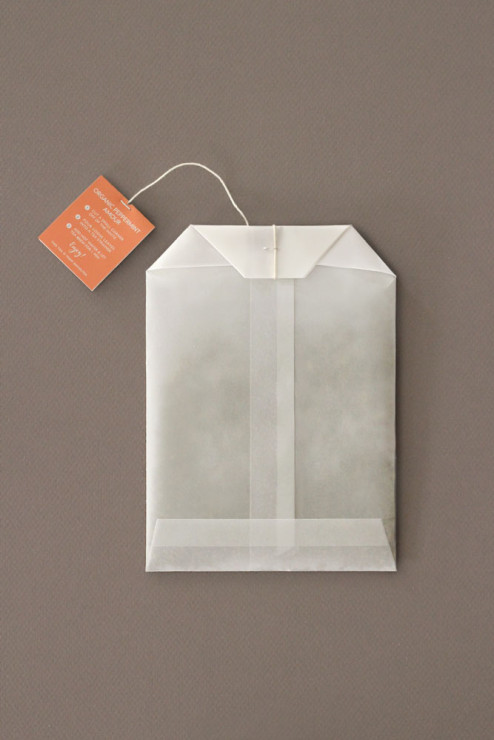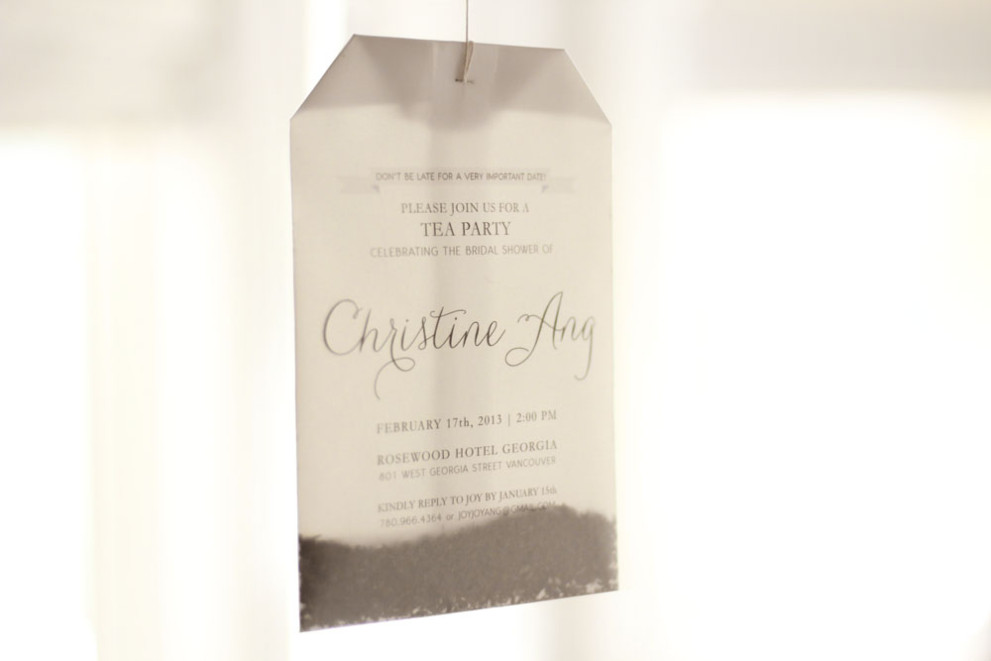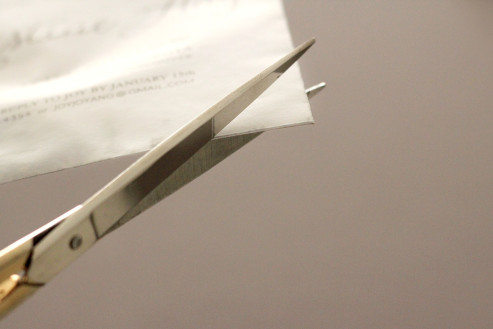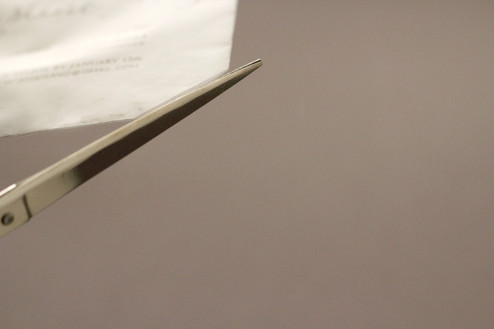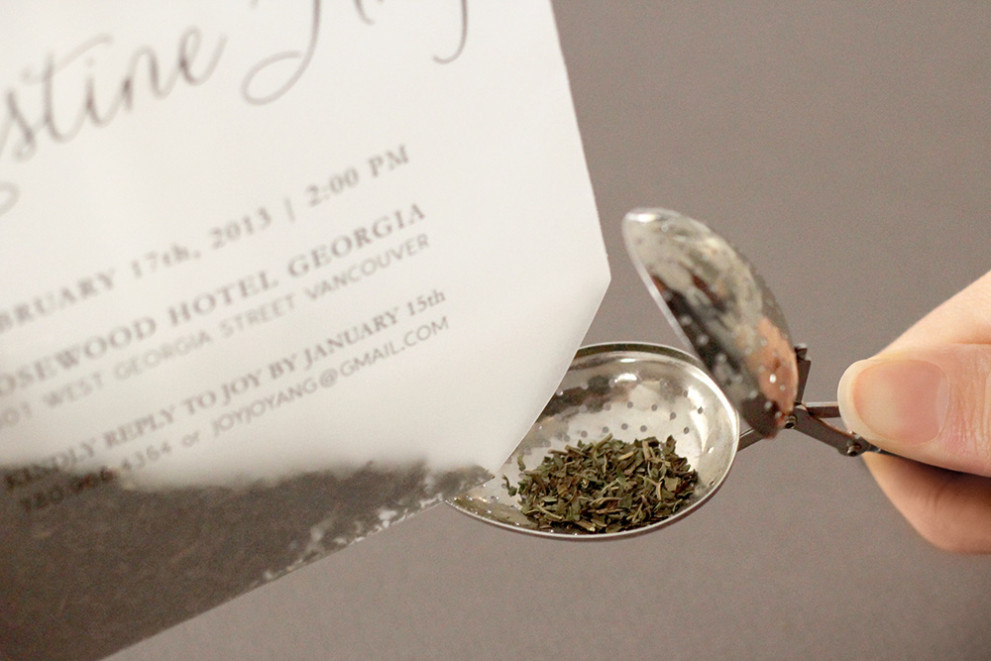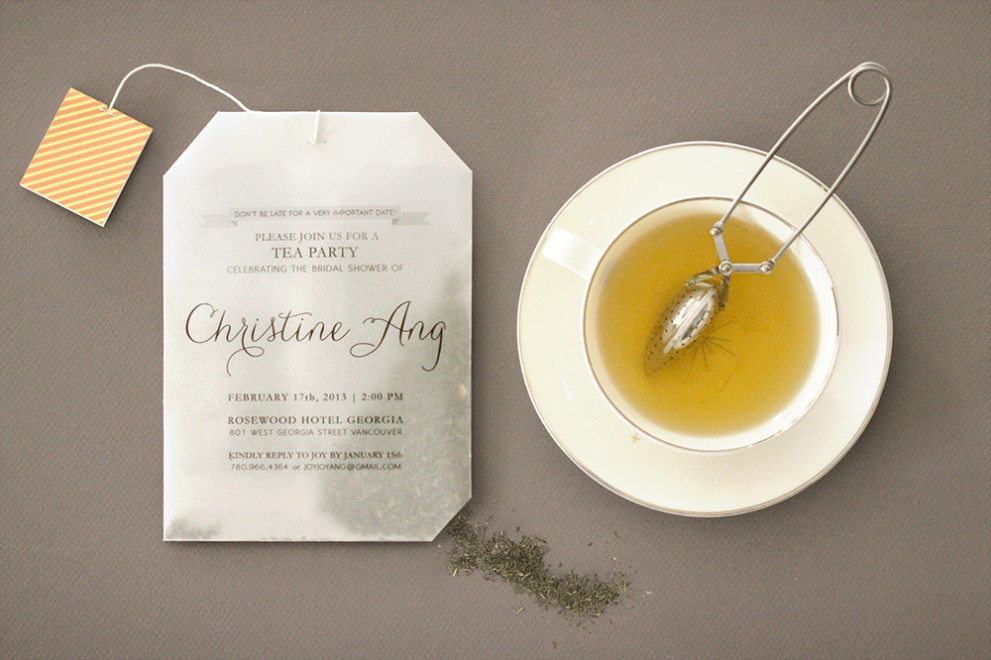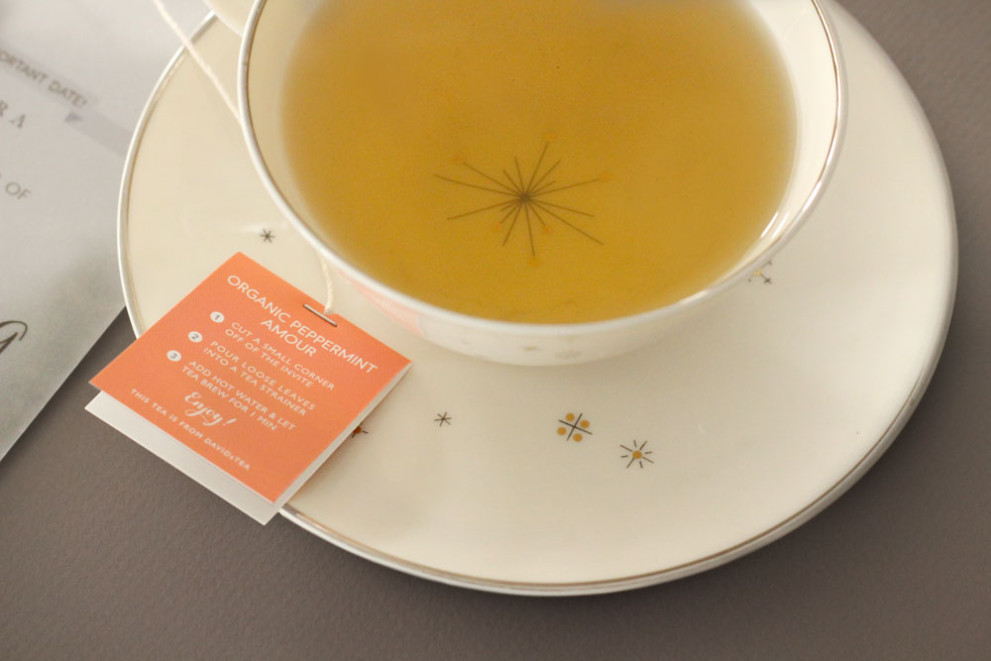I was browsing Yarnfreak, when I came across a post involving jersey/T-shirt yarn. I really liked how it looked, so I tried to find places online to purchase it. Instead, I found some great tutorials on how to make it yourself from old shirts. However, since I didn’t have any shirts I wanted to get rid of, I used some old sweatpants instead.
Materials:
- A large shirt or pants made of stretchy material
- Large crochet hook – I used a size 00/15/N
- Fabric scissors
- Small plant
- Saran wrap
Step 1: Make your yarn. I watched this video tutorial, which was really easy to follow. I used both legs of my pants and ended up cutting 1 inch strips to make the yarn. It was exactly enough for a little planter.
Step 2: Start crocheting!
Here’s a simple pattern for the planter I made:
Abbreviations
• sc: single crochet
• sl st: slip stitch
• rnd: round
• st: stitch
Rnd 1: Make a magic ring and place 6 sc into it.
Rnd 2: 2 sc in each st. Join with sl st. (12 sc)
Rnd 3: 2 sc in next st, 1 sc in next st. Repeat 6x. 2 sc in next st. (20 sc)
Rnds 4-8: sc in each st. Join with sl st. (20 sc)
Tip: The pattern above worked with the yarn I’d created, however, results may vary depending on the thickness and material of your t-shirt yarn. My sweatpants were made of a heavy jersey fabric.
Step 3: Wrap the base of your plant’s plastic pot with saran wrap so that dirt and water won’t come out of the holes. I plan on removing the plant from the crocheted planter and taking off the saran wrap whenever I want to water it, that way the water can properly drain (I’ll just do it over a sink). Then I’ll put the saran wrap back on and the plant back in to its planter. I chose a bird’s snake plant since they don’t need to be watered very frequently.
Step 4: Put your plant in to your crocheted planter and you’re done!
This was a fun and quick project, it only took about an hour total to make the yarn and crochet the planter. Hope you enjoyed this!

